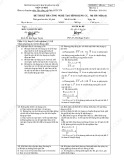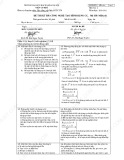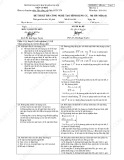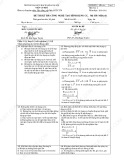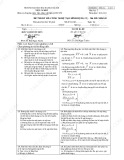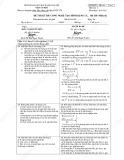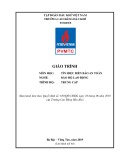
http://www.iaeme.com/IJMET/index.asp 890 editor@iaeme.com
International Journal of Mechanical Engineering and Technology (IJMET)
Volume 10, Issue 03, March 2019, pp.890-902. Article ID: IJMET_10_03_092
Available online at http://www.iaeme.com/ijmet/issues.asp?JType=IJMET&VType=10&IType=3
ISSN Print: 0976-6340 and ISSN Online: 0976-6359
© IAEME Publication Scopus Indexed
ARDUINO MICROCONTROLLER BASED
UNDERGROUND CABLE FAULT DISTANCE
LOCATOR
Samuel A. Isaac, Olajube Ayobami, Awelewa Ayokunle, Utibe Bassey
Electrical and Information Engineering department, College of Engineering,
Covenant University, Ota, Nigeria.
ABSTRACT
The growing concern for safety and infrastructural proliferations in the densely
populated urban and suburban areas as well as the quest to preserve the aesthetic
values in many modern localities have necessitated the need for underground
installations. The underground cabling installations are devoid of faults common to the
overhead transmission lines but are associated with certain kinds of faults such as short
circuit and open circuit faults. Locating the exact position of any of these kinds of faults
is very exhausting, costly and time-consuming because its power distribution system is
invisible. Hence, a microcontroller based underground cable fault distance locator
powered by Arduino is designed to detect and pinpoint location of faults in underground
cable lines. A basic ohm’s law is employed to achieve the variation of current with
respect to resistance that determines the position of the fault. This device has a power
supply unit, cable unit, control unit, tripping unit and display unit. The power supply
unit provides power to the other components. The cable unit consists of a three-phase
cabling system with switches between each phase to activate faults. The control unit
takes in signals from the cable unit to cause control of tripping unit and display unit.
The tripping unit then detects the phase which encounters the fault and the display unit
shows the fault characteristics on the LCD. The distance to the fault is displayed,
alongside the phase which encounters the fault for easy clearance.
Keywords: Underground cabling, faults, ohm’s law, power distribution system,
microcontroller.
Cite this Article: Samuel A. Isaac, Olajube Ayobami, Awelewa Ayokunle, Utibe
Bassey, Arduino Microcontroller Based Underground Cable Fault Distance Locator,
International Journal of Mechanical Engineering and Technology, 10(3), 2019, pp.
890-902.
http://www.iaeme.com/IJMET/issues.asp?JType=IJMET&VType=10&IType=3






